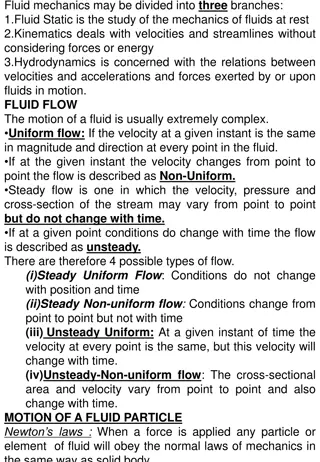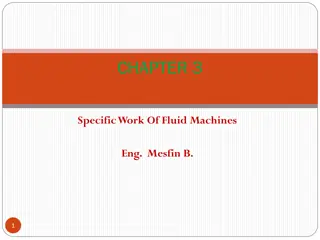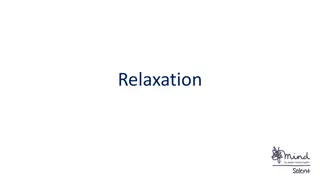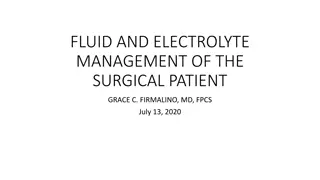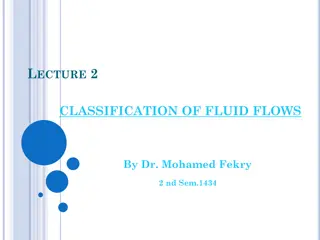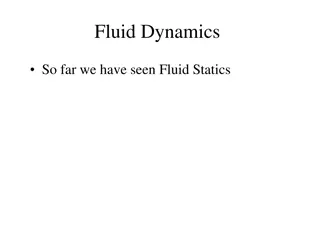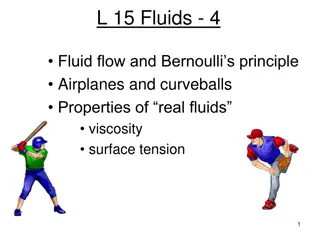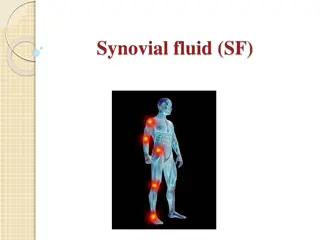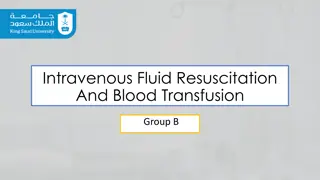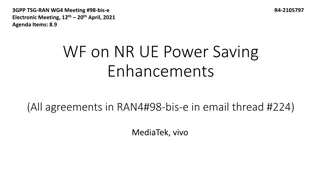Relaxation Techniques in Computational Fluid Dynamics
This content delves into the application of relaxation techniques in Computational Fluid Dynamics, focusing on the analysis of fluid flow using Elliptic Partial Differential Equations. It explains the iterative steps involved in solving equations through relaxation methods for accurate results.
Download Presentation

Please find below an Image/Link to download the presentation.
The content on the website is provided AS IS for your information and personal use only. It may not be sold, licensed, or shared on other websites without obtaining consent from the author. Download presentation by click this link. If you encounter any issues during the download, it is possible that the publisher has removed the file from their server.
E N D
Presentation Transcript
Relaxation Technique CFD Dr. Ugur GUVEN
Elliptic Partial Differential Equations Elliptic Partial Differential Equations are particularly useful for analyzing fluid flow that change upstream as well as downstream. The most famous of these equations if the Laplace Equation. Laplace Equation is used to give the velocity potential of inviscid incompressible irrotational flow
Solution by the Relaxation Method Now you rewrite the Laplace Equation in terms of second order central differences.
Iterative Steps Rewrite the equation obtained in the previous slide to solve for n+1 which is the number of iterations. Note that this is different form time marching technique as the flow variables don t change over time, but they change over distance. (REMEMBER THE EQUATION DOESN T HAVE dt TERMS)
Iteration Steps 1 ) We already know the boundary values from 1 to 20, so we will use those. 2) Assume some value for the remaining 15 points. 3) Use the equation to solve for each 15 points.
Examples of the Iteration Steps Since we already have fixed boundary values for nodes 1-20, lets apply the equation to node 21 for value n+1. (Remember we assumed values for the first step n=1)
Next Step Now, when we are calculating Node 22, we can use the value from Node 21 that was calculated one step ago for better accuracy. Do this for each of the 15 nodes in the grid.
Summary of Relaxation Technique We continue to do this for every node until all 15 nodes have been written and calculated for a single iteration. Repeat these steps for as many iterations as possible (minimum 10) for more accurate results. Use calculated results in your new node calculations whenever possible.
Thank You You can download this lecture at www.cfdlectures.co.cc drguven@live.com



